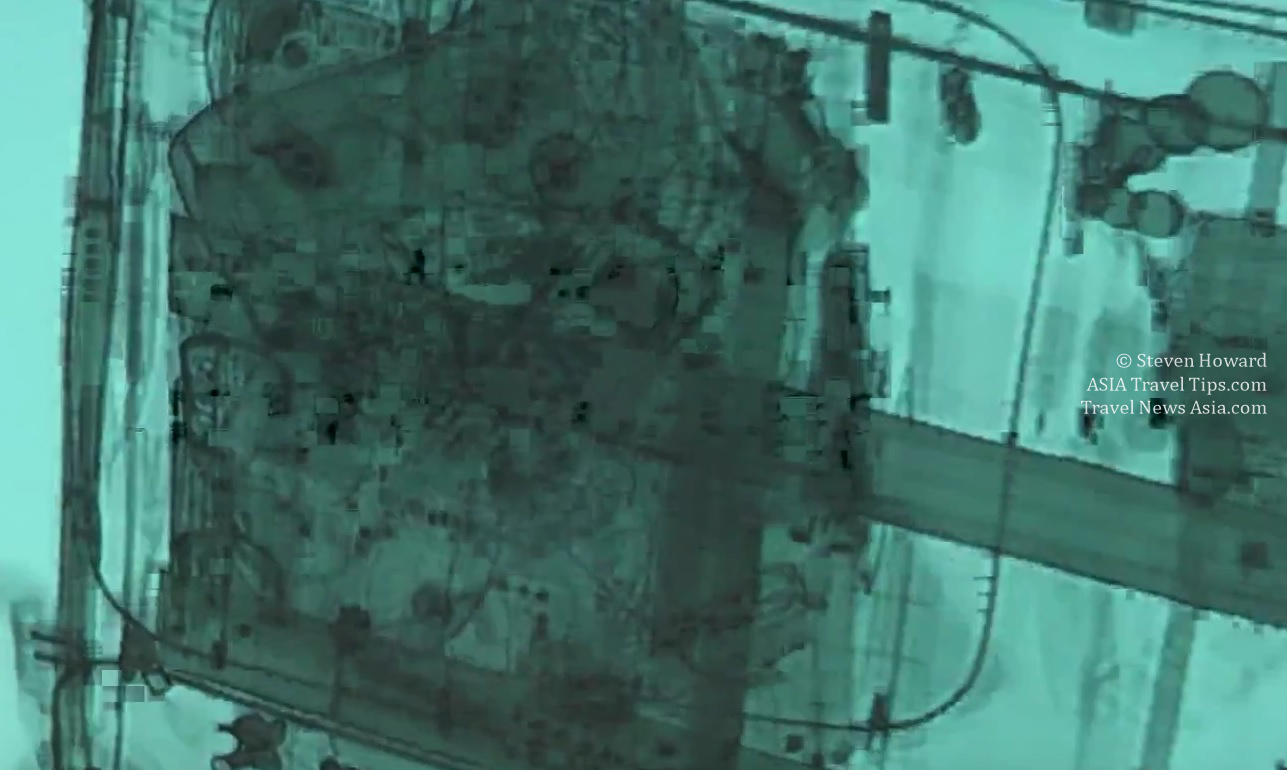|
The Transportation Security Administration (TSA)
in America is implementing new, stronger screening procedures for
carry-on items that require travelers to place all electronics
larger than a cell phone in bins for X-ray screening in standard
lanes.
Following extensive testing and successful
pilots at 10 airports, TSA has said it plans to expand these
measures to all U.S. airports during the weeks and months ahead.
�Whether you�re flying to, from, or within
the United States, TSA is committed to raising the baseline for
aviation security by strengthening the overall security of our
commercial aviation network to keep flying as a safe option for
everyone,� said TSA Acting Administrator Huban A. Gowadia.

As new procedures are phased in, TSA officers will begin to ask
travelers to remove electronics larger than a cell phone from
their carry-on bags and place them in a bin with nothing on top or
below, similar to how laptops have been screened for years. This simple step helps TSA officers obtain a clearer X-ray image.
The new screening procedures in standard lanes
are already in place at the following 10 U.S. airports:
�Boise Airport (BOI)
�Colorado Springs Airport (COS)
�Detroit Metropolitan Airport (DTW)
�Fort Lauderdale-Hollywood
International Airport (FLL)
�Logan International Airport (BOS)
�Los Angeles International Airport (LAX)
�Lubbock Preston Smith
International Airport (LBB)
�Luis Mu�oz Mar�n International
Airport (SJU)
�McCarran International Airport (LAS)
�Phoenix
Sky Harbor International Airport (PHX)
In standard
screening lanes, TSA officers will be stationed in front of the
checkpoint X-ray machines to guide passengers through the
screening process and recommend how best to arrange their carry-on
items for X-ray screening.
There are no changes
to what travelers can bring through the checkpoint; food and
liquid items that comply with the 3-1-1 liquids rule, electronics,
and books continue to be allowed in carry-on bags.
�It is
critical for TSA to constantly enhance and adjust security
screening procedures to stay ahead of evolving threats and keep
passengers safe. By separating personal electronic items such as
laptops, tablets, e-readers and handheld game consoles for
screening, TSA officers can more closely focus on resolving alarms
and stopping terror threats,� said Gowadia.
The stronger
security measures do not apply to passengers enrolled in TSA Pre
who are using TSA Pre lanes. TSA Pre is now available at 200 airports
across the US. Travelers enrolled in TSA Pre do not need to
remove shoes, 3-1-1 liquids, laptops, electronics, light
outerwear, or belts. Learn more about TSA Pre
here.
|
Headlines: |
|
See latest
HD Video
Interviews,
Podcasts
and other
news regarding:
TSA,
Defense,
Security,
Airport Security.
|
